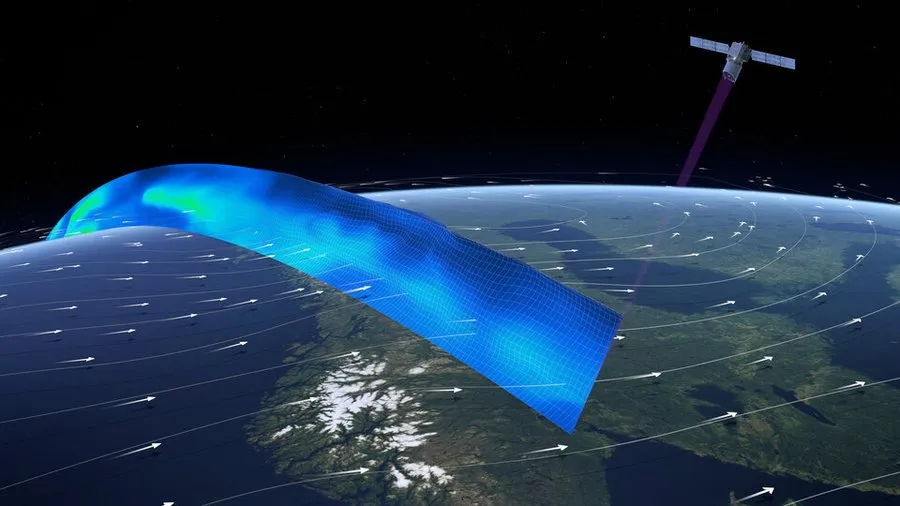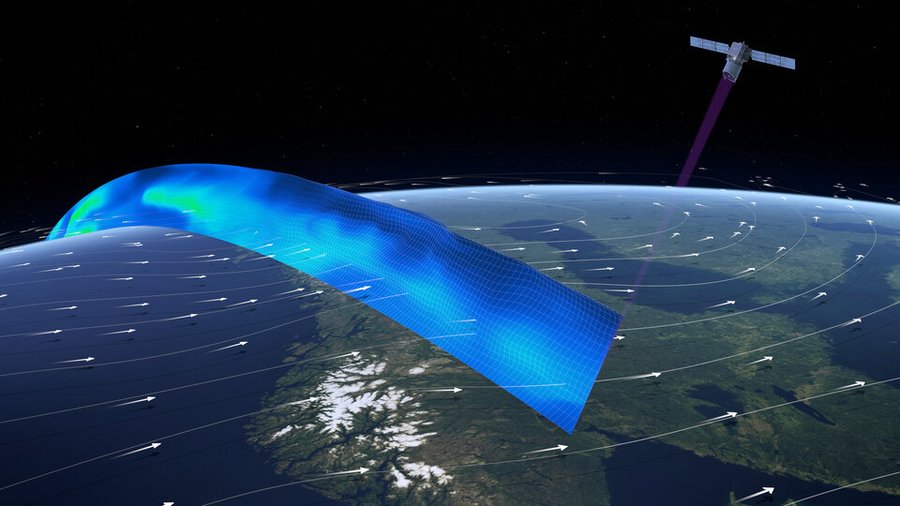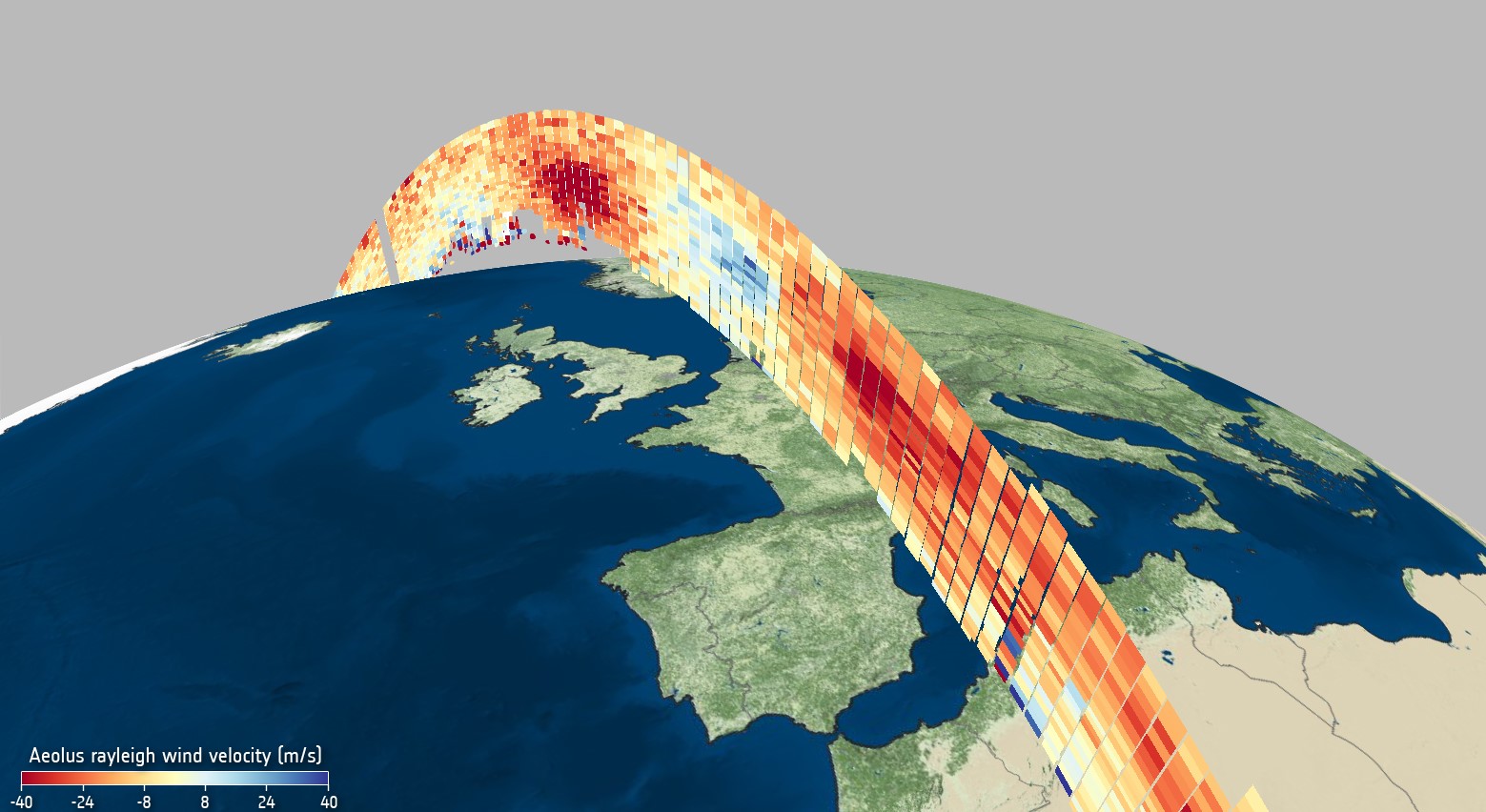
Global wind data from ESA’s Aeolus satellite is now public

Aeolus, the wind satellite launched by the European Space Agency (ESA) in August 2018, is ready to share its novel observations with the world. Weather forecasting services and scientific users can now access the data captured by Aeolus in less than three hours of measurements being made from space.
The availability of Aeolus data beyond its core user community is significant because Aeolus is the first satellite mission to directly profile Earth’s winds from space. Not only can its data be used to understand how wind, pressure, temperature, and humidity are interlinked in climate research, but it can also contribute to near-real-time weather forecasting
The earth exploration mission is aptly named after Aeolus from Greek mythology, who was appointed as the ‘keeper of the winds’ by the Gods. The satellite carries one of the most sophisticated scientific instruments ever to be put into orbit – the Aladin.
The Aladin leverages breakthrough Doppler LiDAR (light detection and ranging) technology to generate pulses of ultraviolet light that are beamed down into the atmosphere to profile the world’s winds.

Wind profile from Aeolus
How the wind influences the exchange of heat and moisture between Earth’s surface and the atmosphere is an important aspect of understanding weather phenomena like climate change. According to ESA’s Peggy Fischer, a huge amount of work went into perfecting Aeolus’ data before the data was made accessible to the public.
“This satellite technology is completely new so we have had to understand and correct certain biases in the data that were not known before launch. To do this, key Aeolus experts from different organizations worked together in the Data Innovation and Science Cluster team – the Aeolus DISC, to validate and optimize the data processing and bias correction methods,” Fischer explained.
The data will be distributed by the European Organization for the Exploitation of Meteorological Satellites or EUMETSAT. European national weather services and the entire World Meteorological Organization (WMO) community will be the immediate beneficiaries of Aeolus near-real-time wind products.
Interesting: It snowed in Sahara and we cannot stop staring at pictures
Did you like the article about global wind data? Read more and subscribe to our monthly newsletter!








